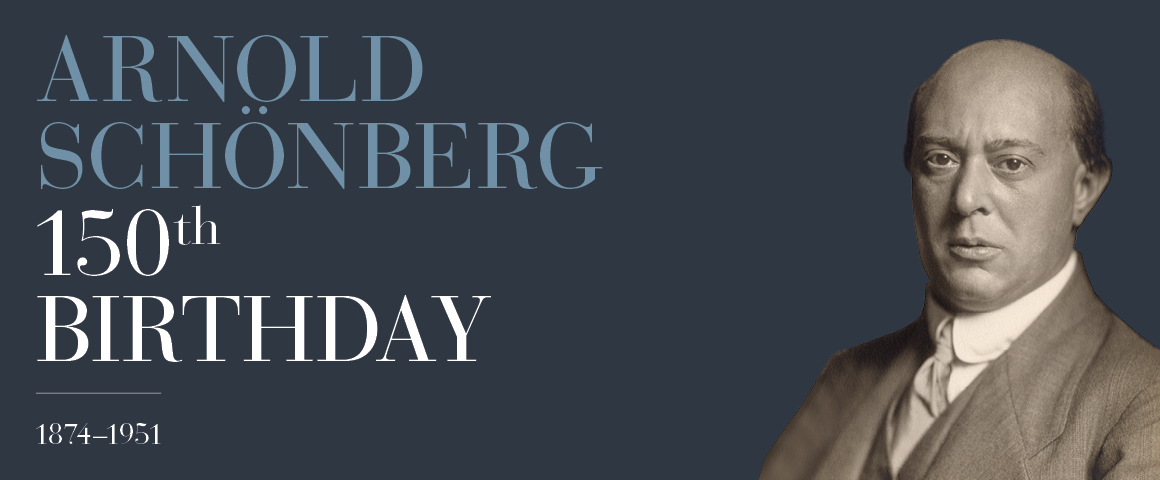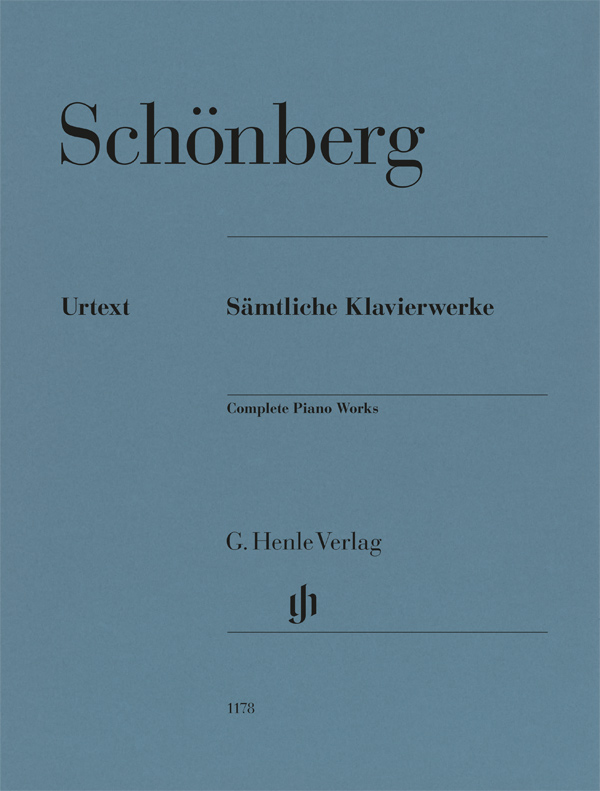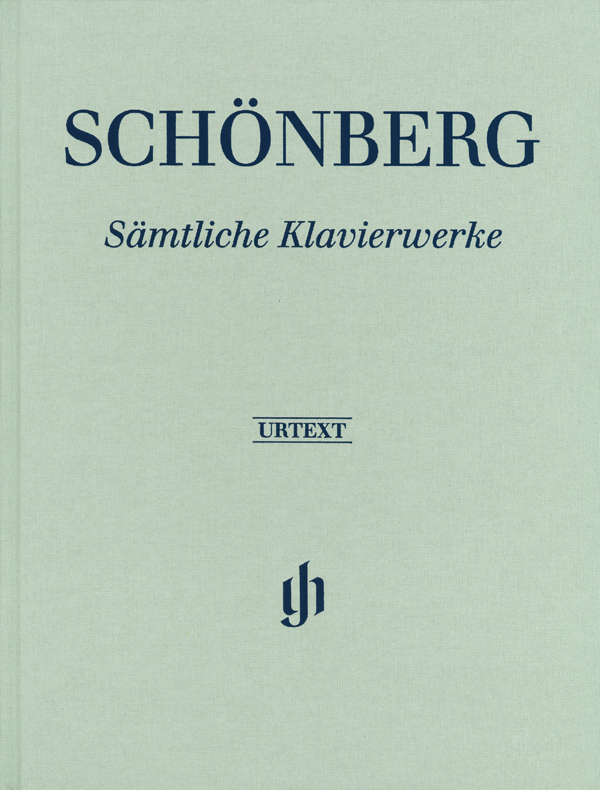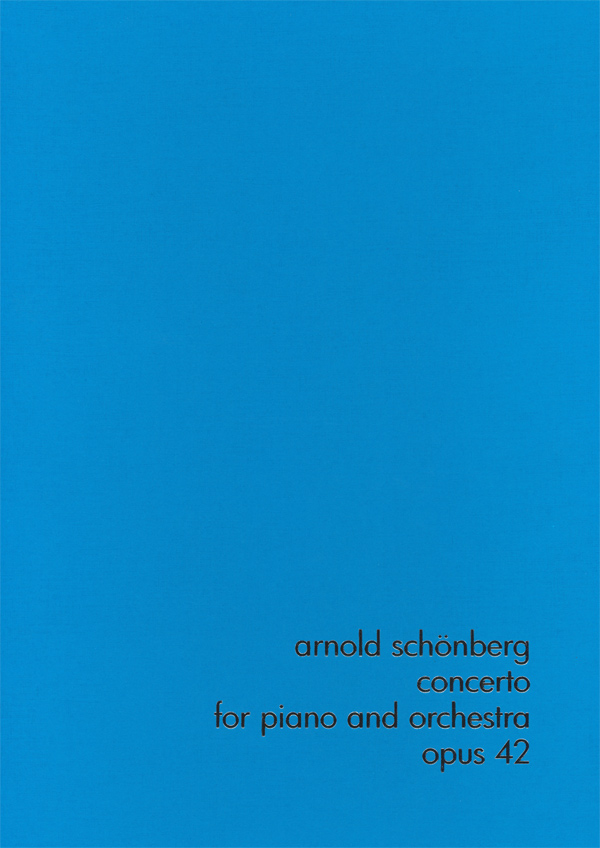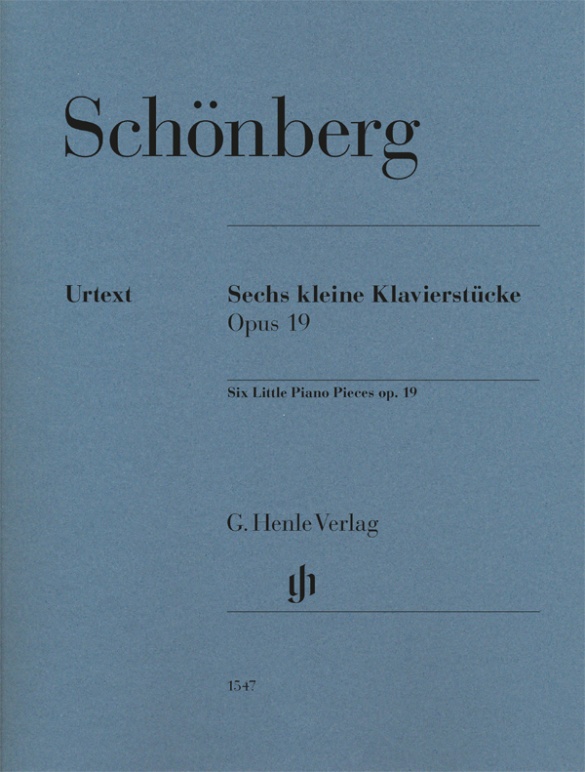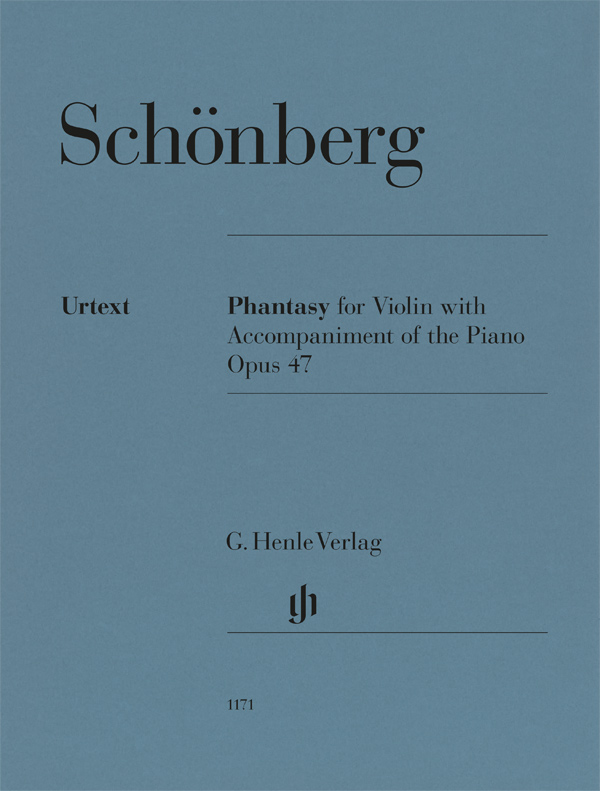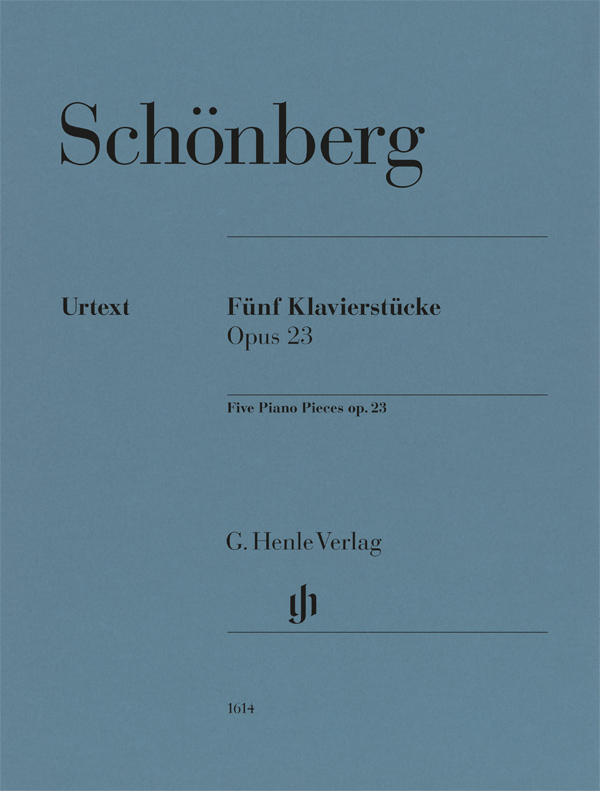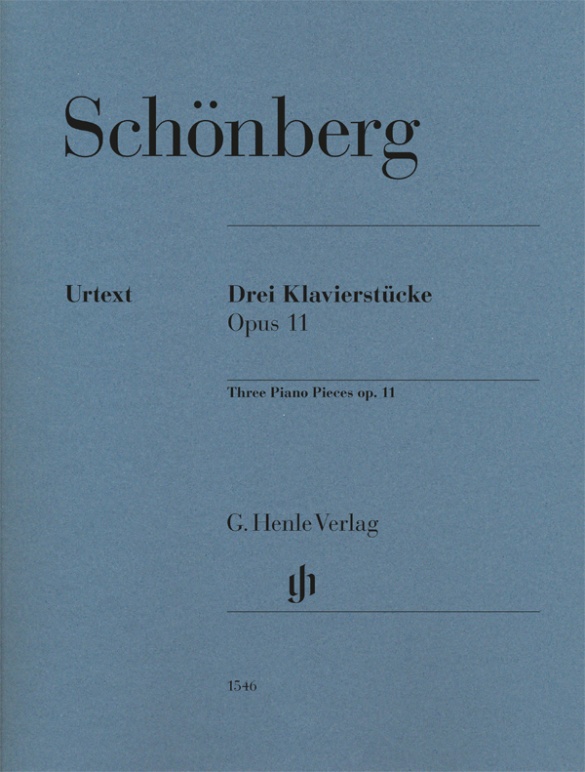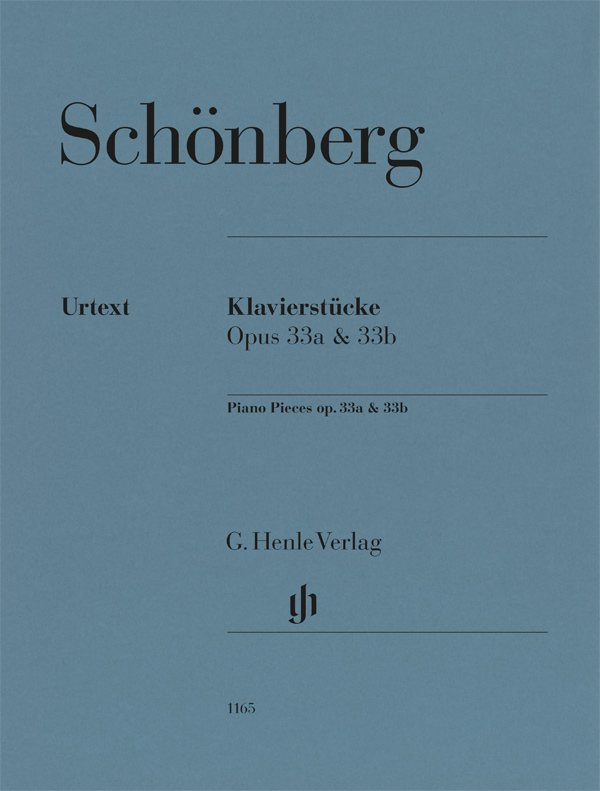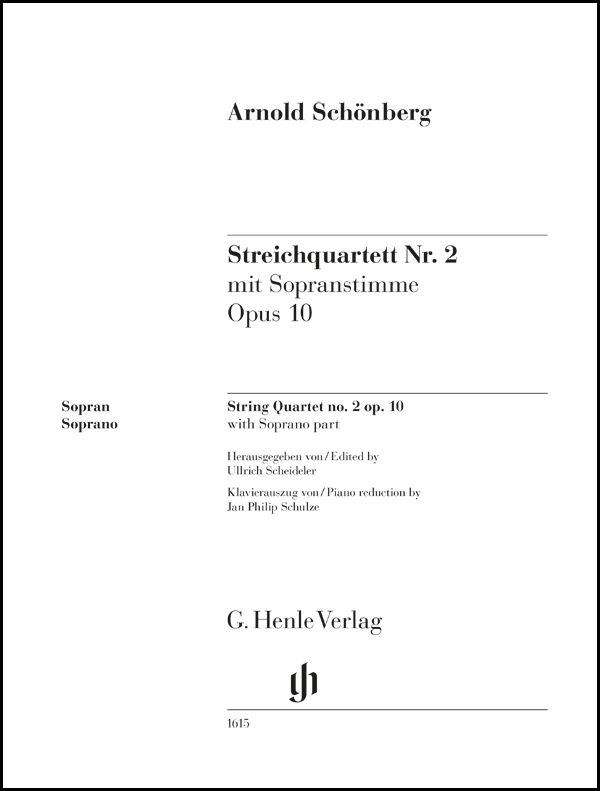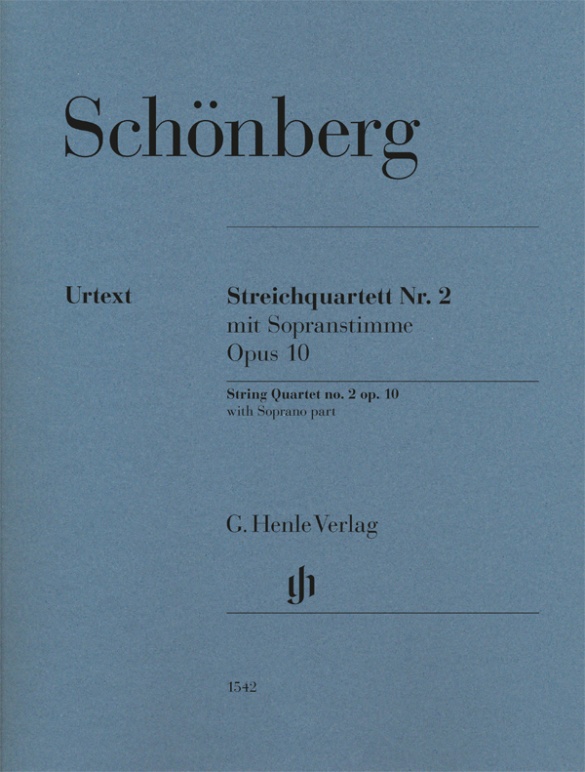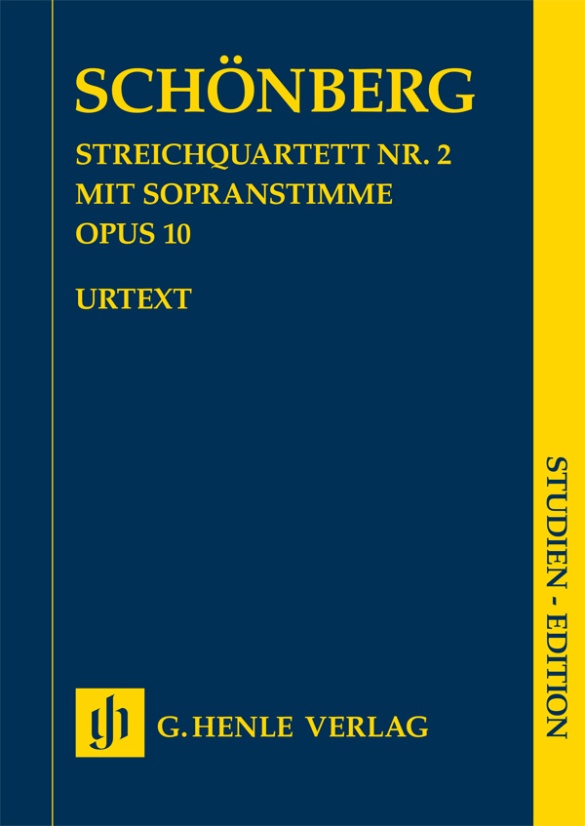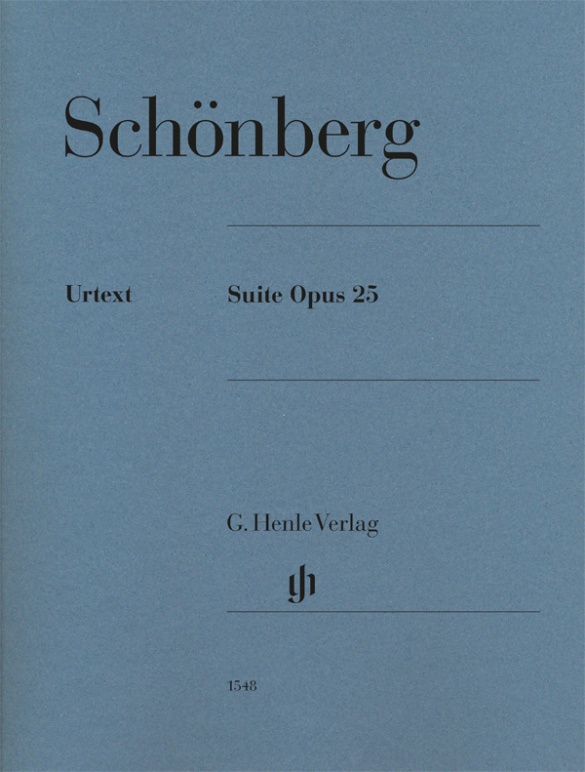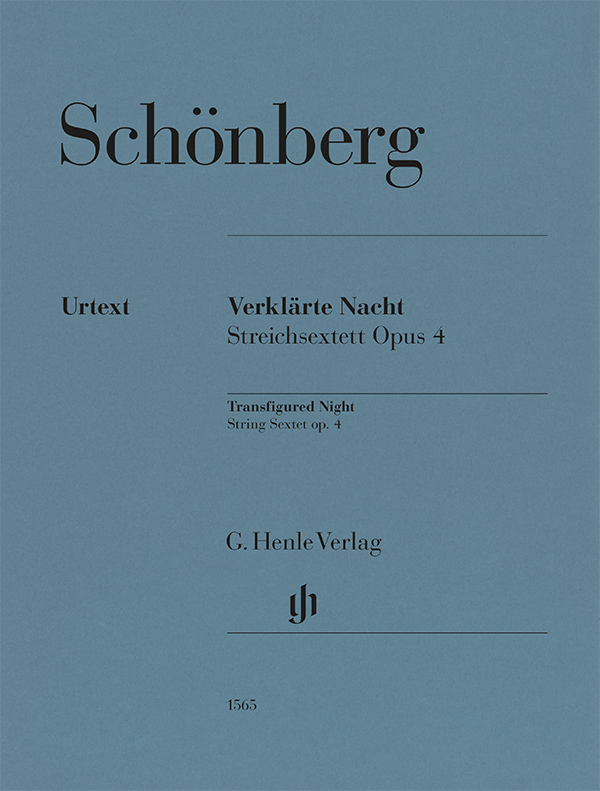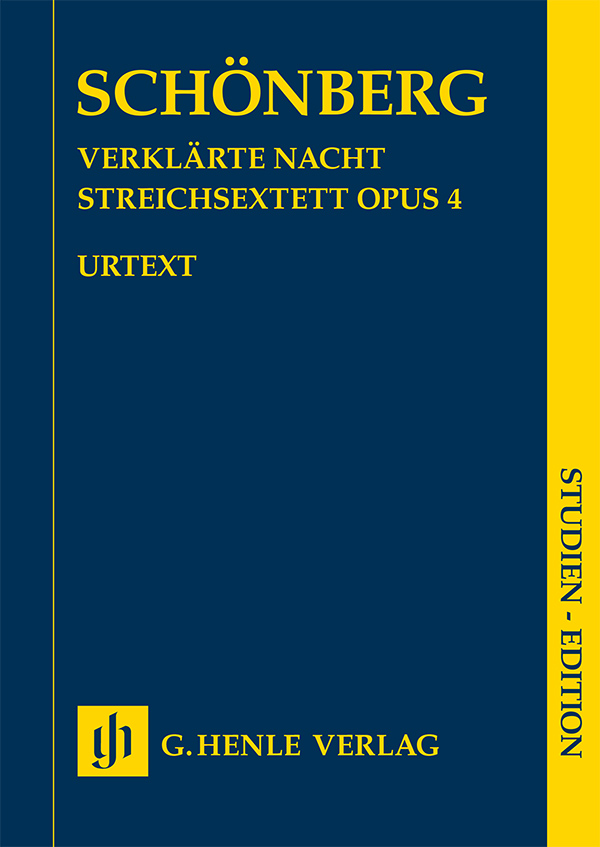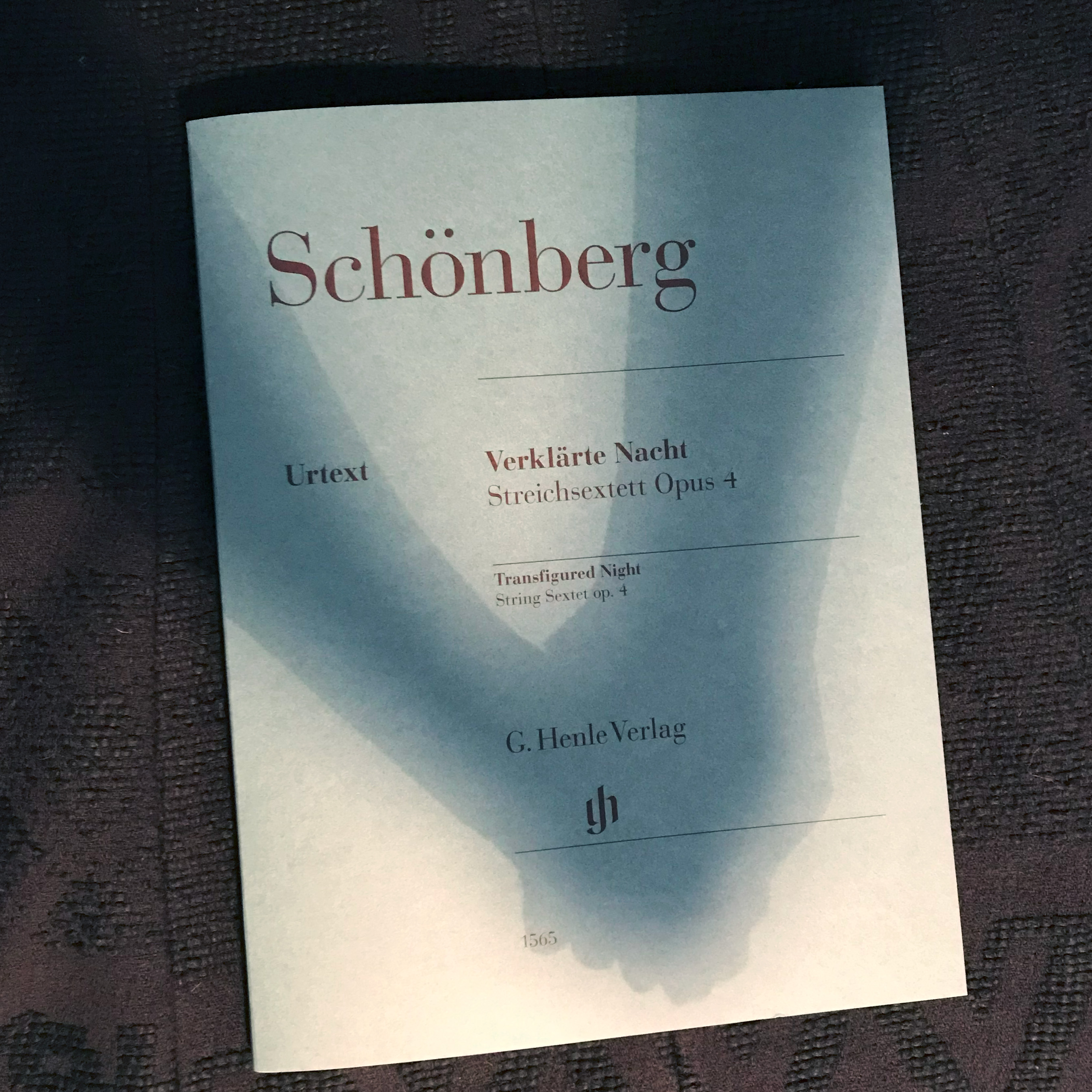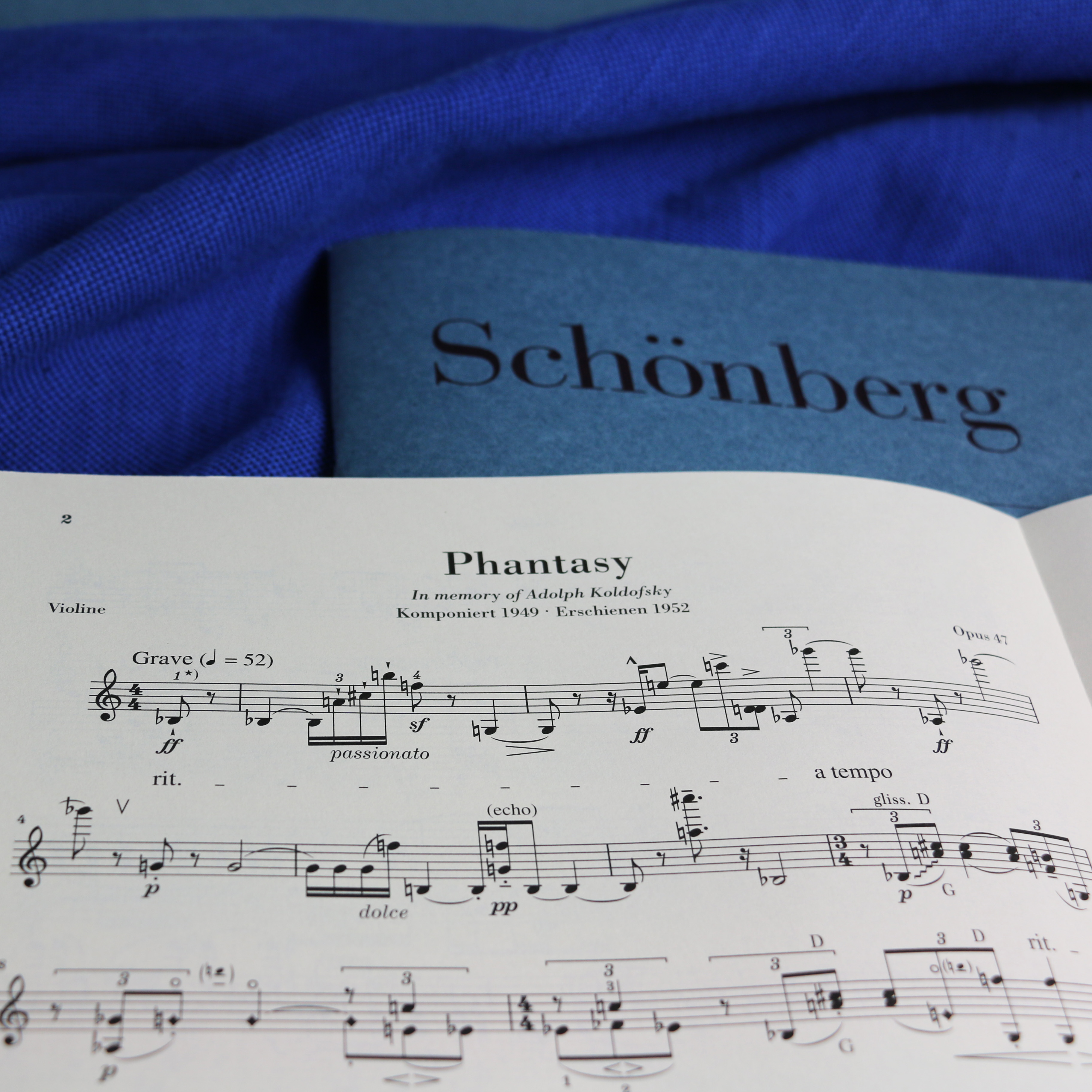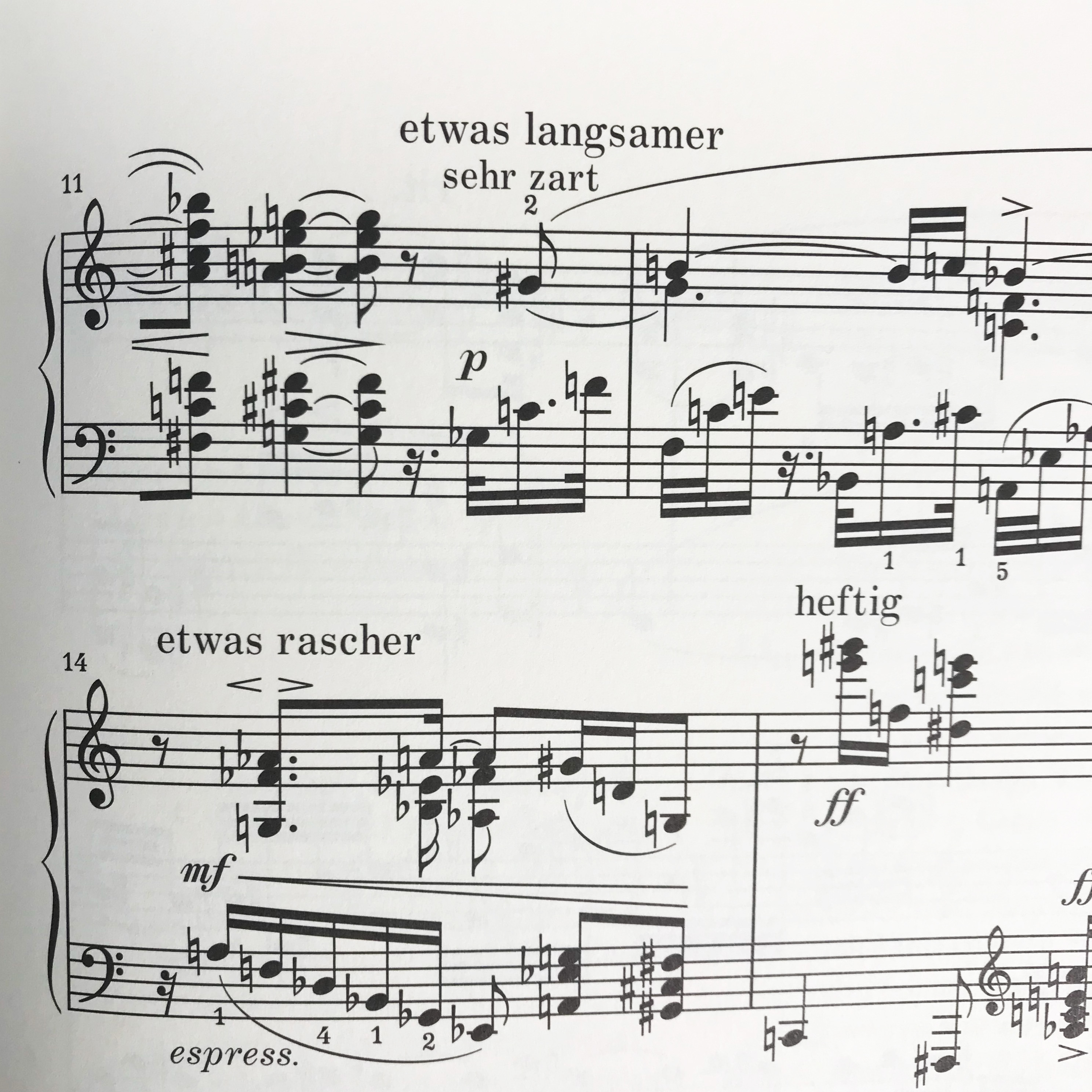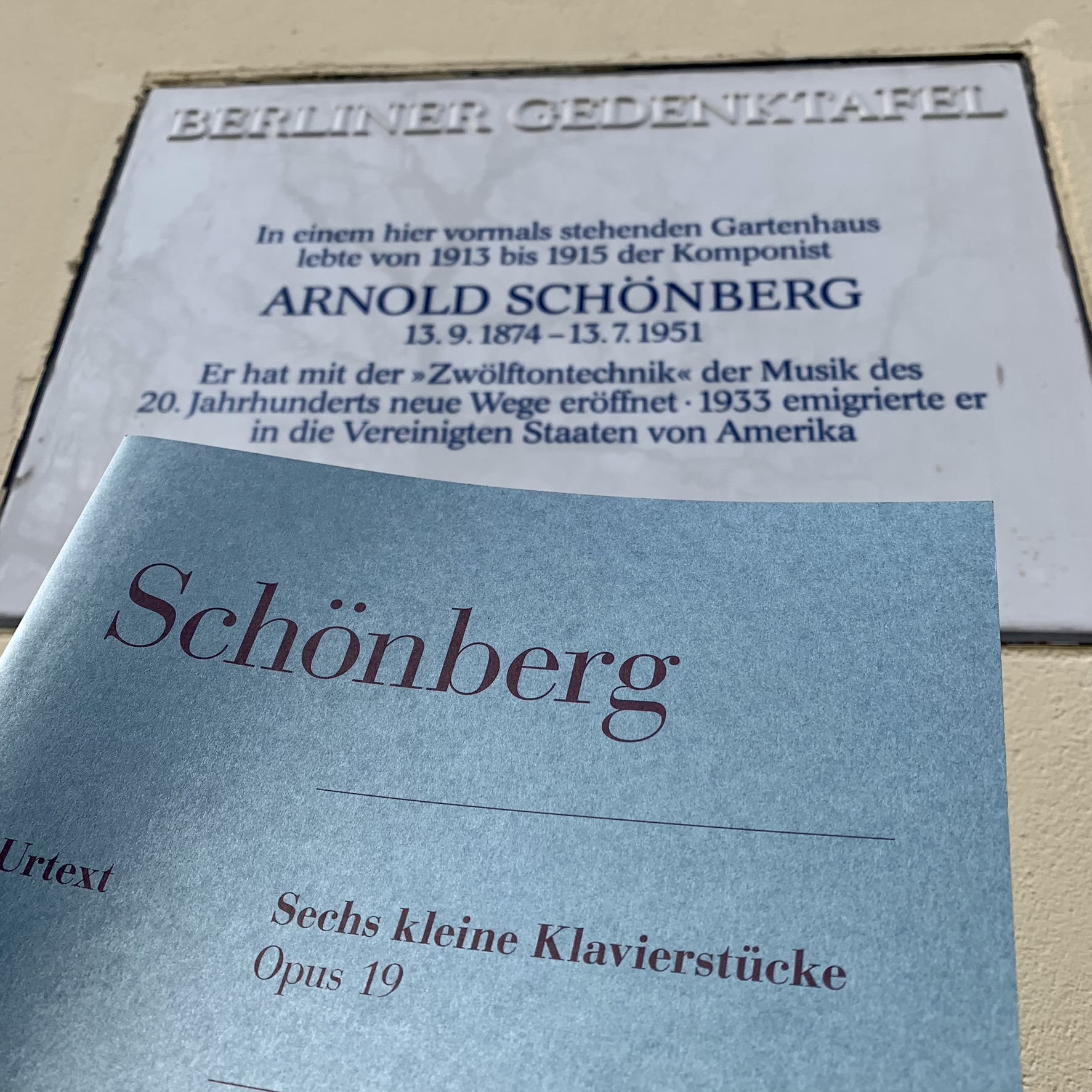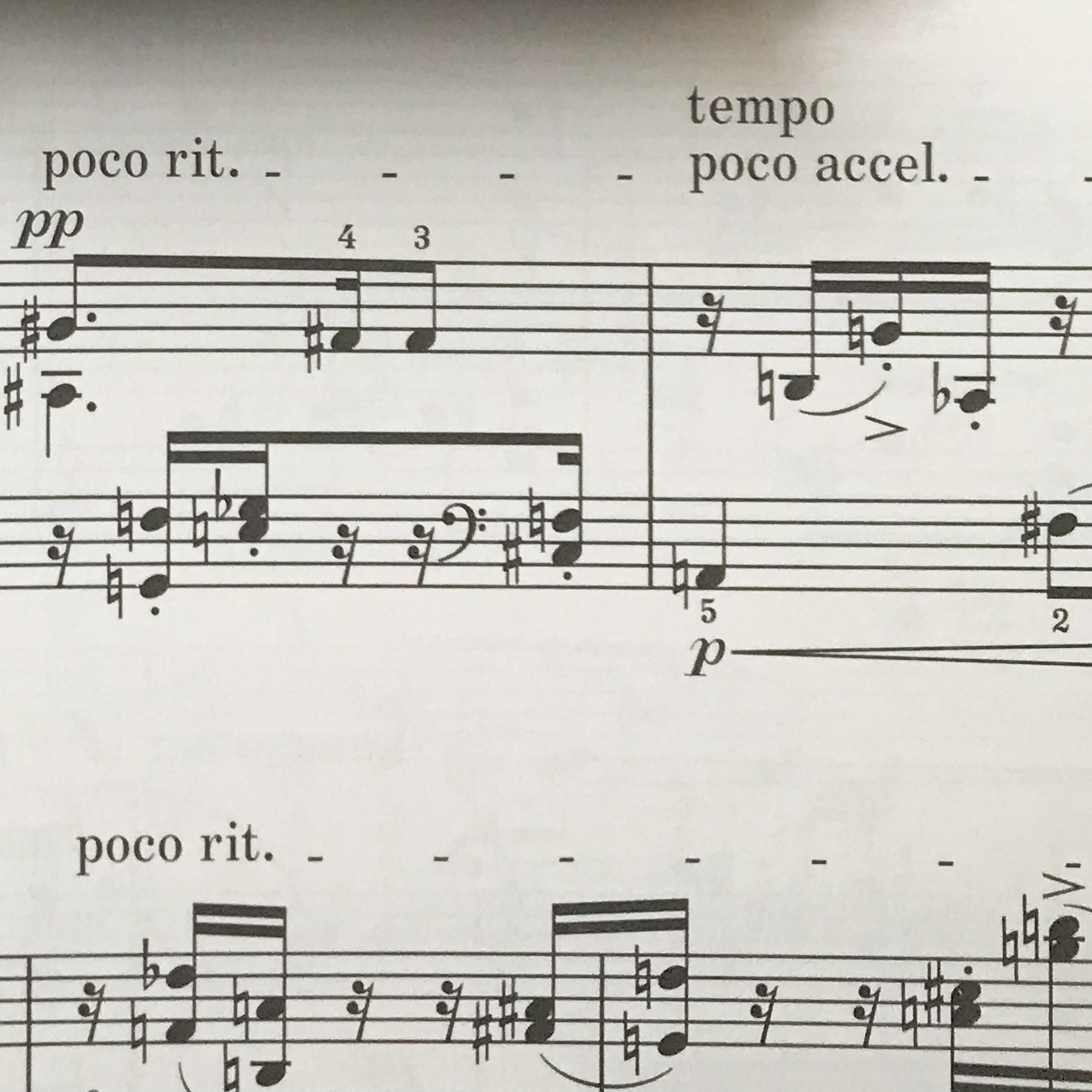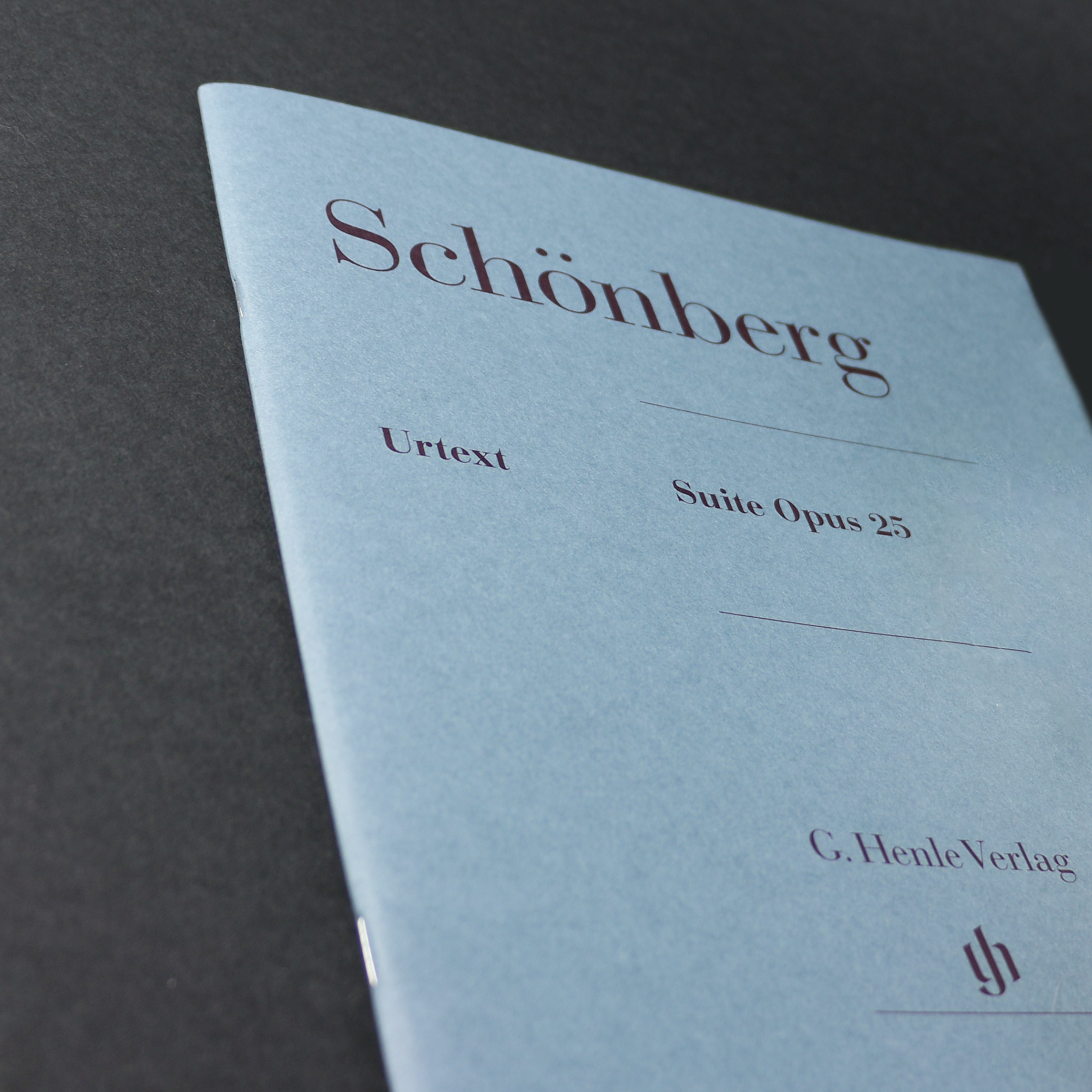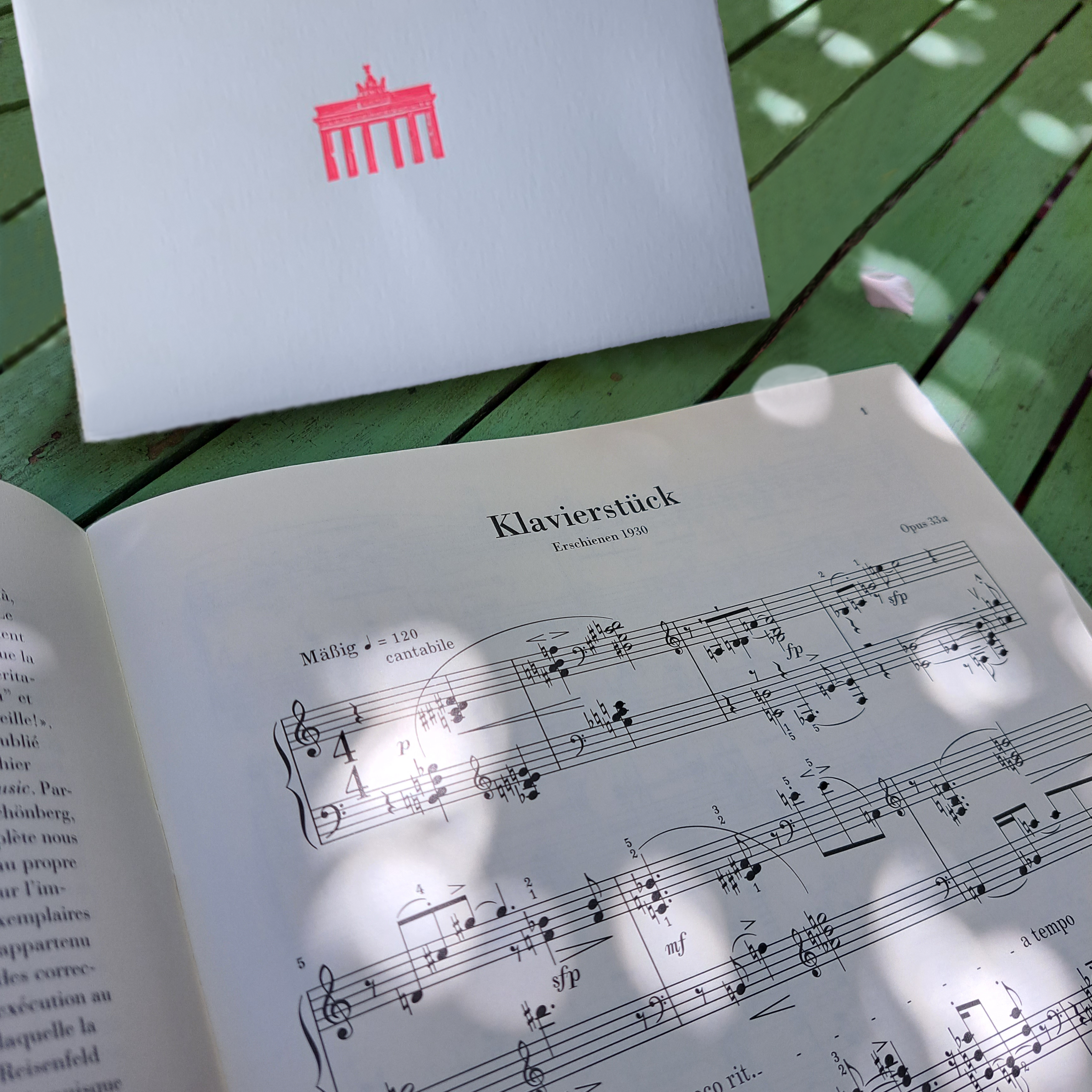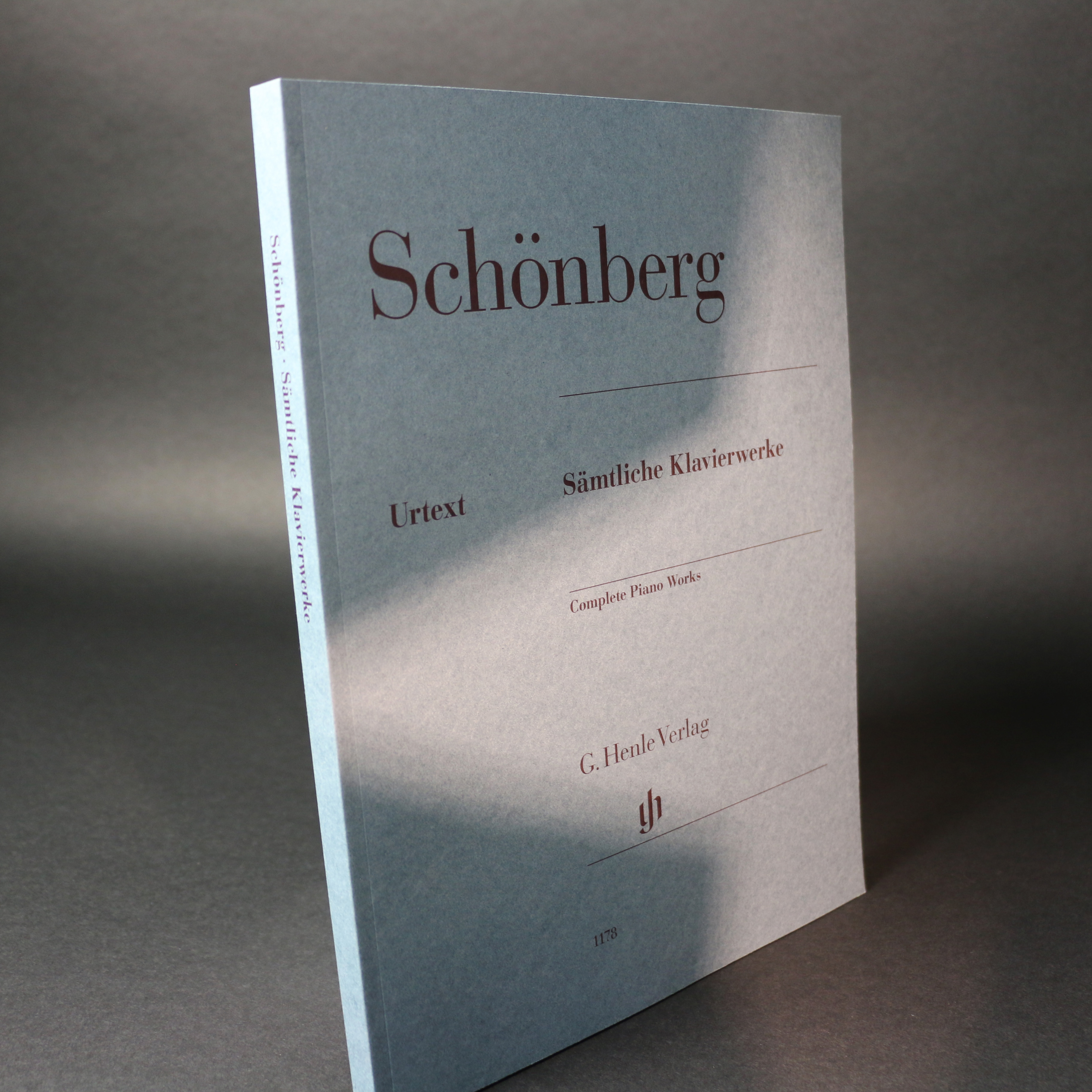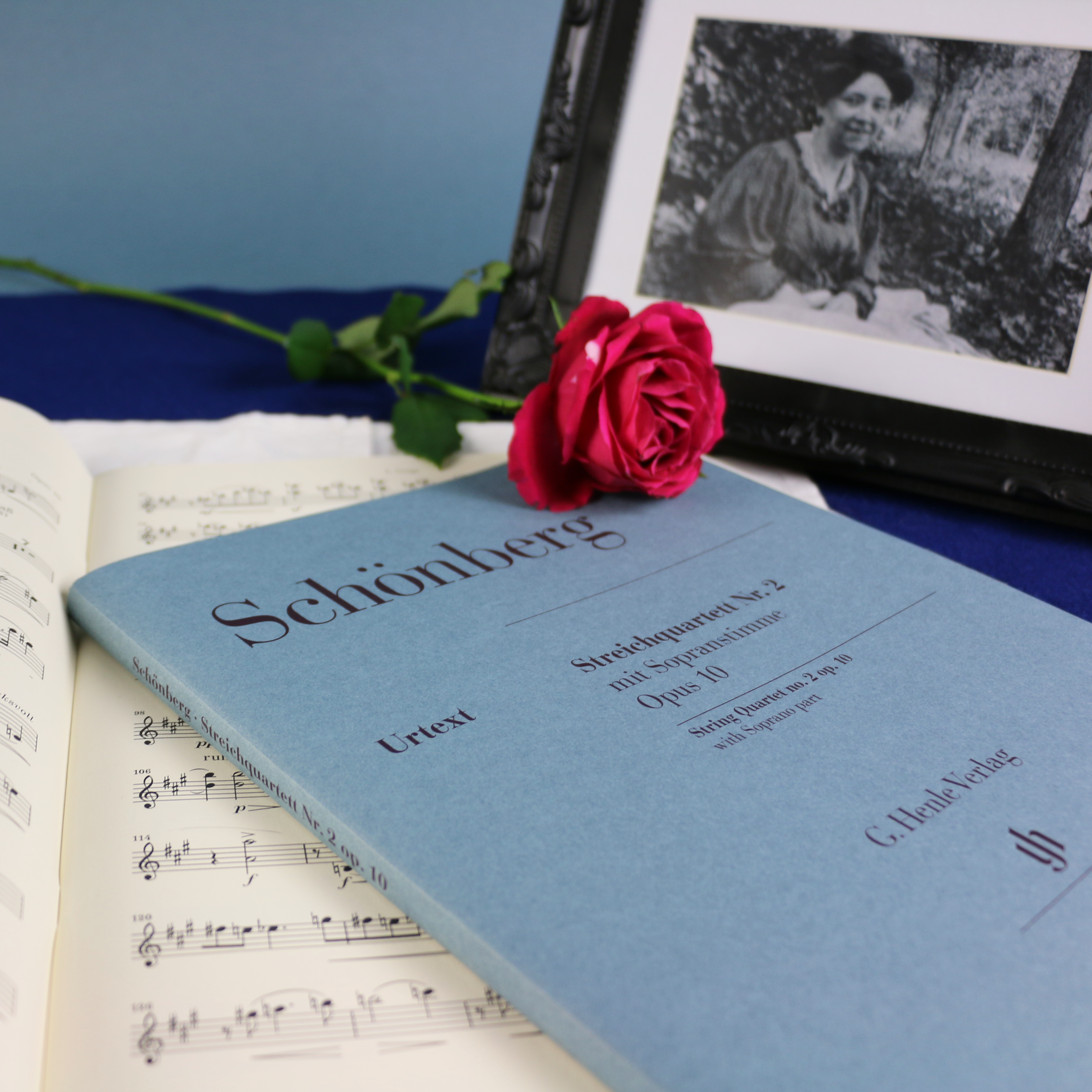Join us in celebrating Schönberg's 150th birthday in 2024! We are excited to present a diverse selection of chamber music pieces, ranging from the late-romantic and expressive "Verklärte Nacht" (Transfigured Night), to the free atonal Piano Pieces op. 11 and 19, the strictly twelve-tone Suite for Piano op. 25, as well as the "Phantasy" for Violin and Piano. Our extensive and growing collection of "blue" Schönberg editions is the perfect resource for studying the pioneering works of the Second Viennese School.
As of 2022, the works of Arnold Schönberg have entered the public domain in the majority of territories – a significant milestone for us as a music publisher, as we could finally edit these highly influential and groundbreaking compositions and include them in the Henle Urtext catalogue.
Our editions are created in collaboration with the Arnold Schönberg Center in Vienna. With their support, we have consulted all available sources to accurately present these iconic compositions. Our editors, internationally recognized Schönberg experts, have meticulously examined and corrected the musical texts. Accompanied by renowned musicians with deep insight into Schönberg's music, our editions are both scholarly and practical.
Further editions of this title
Further editions of this title
Further editions of this title
Further editions of this title
Further editions of this title
Further editions of this title
Further editions of this title
Further editions of this title
Further editions of this title
Schönberg’s Piano Concerto op. 42 was written in 1942 during his exile on the Pacific coast of California. A first sketch dates from June of that year; the fair copy of the short score was already finished at the end of December. In addition to the piano part it contains the orchestral setting in reduced form, condensed onto a few staves. However, it already displays all specifications concerning the instrumentation and is also completely marked-up in terms of dynamics and phrasing.
This easily readable fair-copy autograph is a central document of the work’s transmission and is now published here for the first time in a facsimile edition, made in cooperation with the Arnold Schönberg Center, Vienna. In their scholarly introduction, the two Schönberg experts Therese Muxeneder and Katharina Bleier present the history of the work and its formal conception in exemplary fashion, and at the same time explain the special features of the manuscript. Additionally, and in a separate chapter, Verena Graf describes how the autograph was painstakingly restored shortly before being reproduced in this facsimile.
Produced in high-quality four-colour printing, wrapped in Pacific blue and bound in fine linen, the edition offers a fascinating insight into Schönberg’s notation and compositional thinking. A worthy contribution by G. Henle Publishers and the Arnold Schönberg Center to Arnold Schönberg’s 150th birthday in 2024!
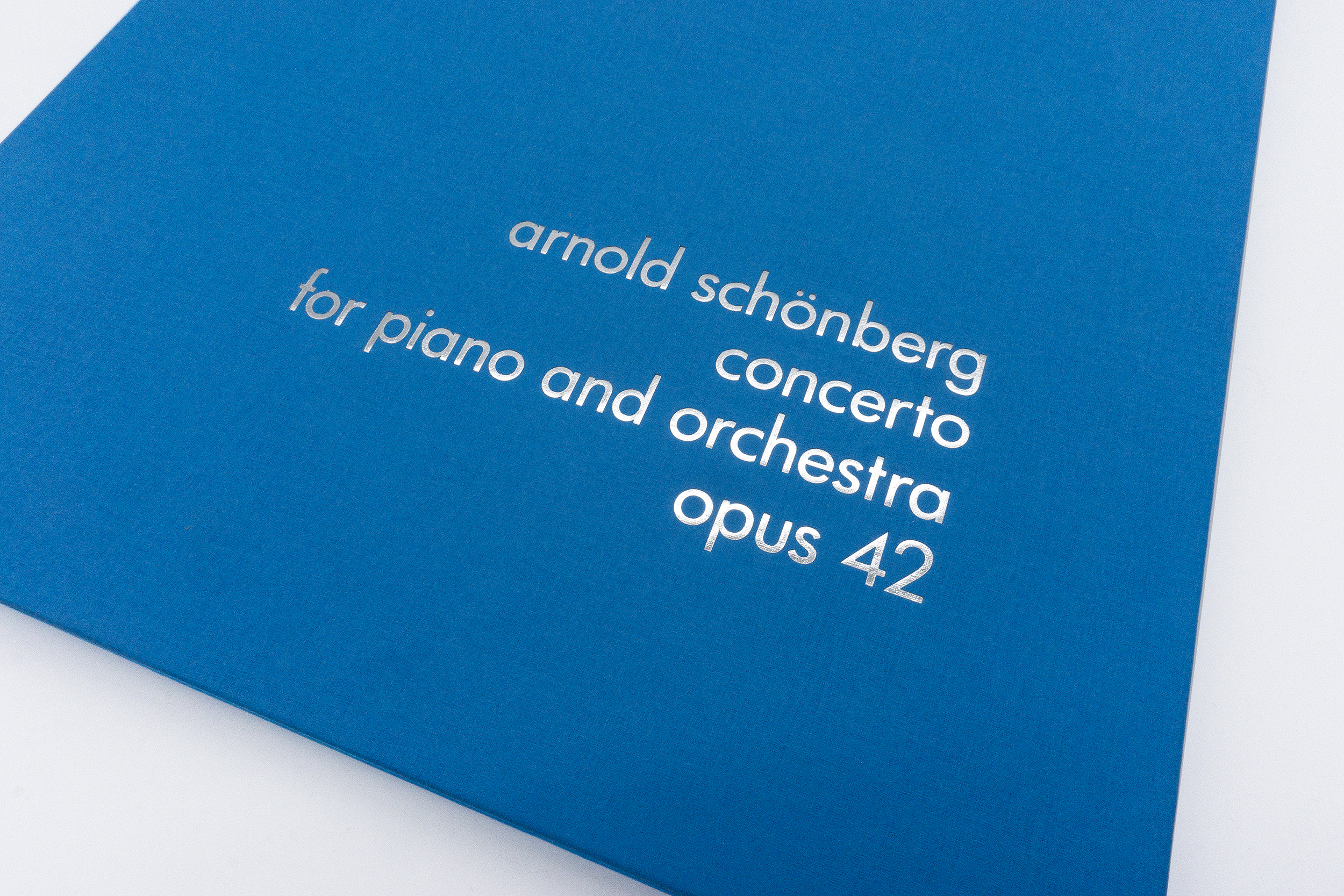
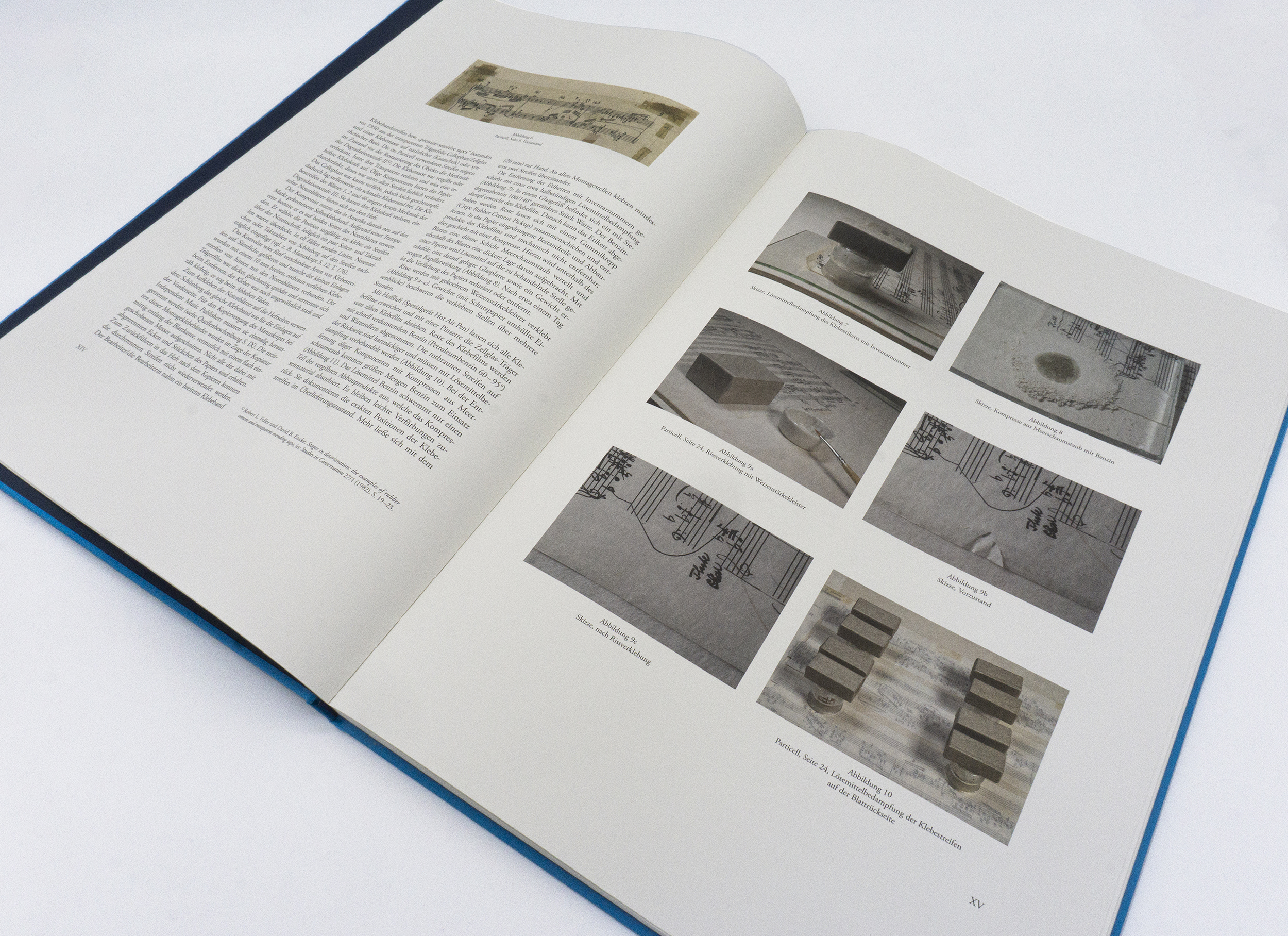
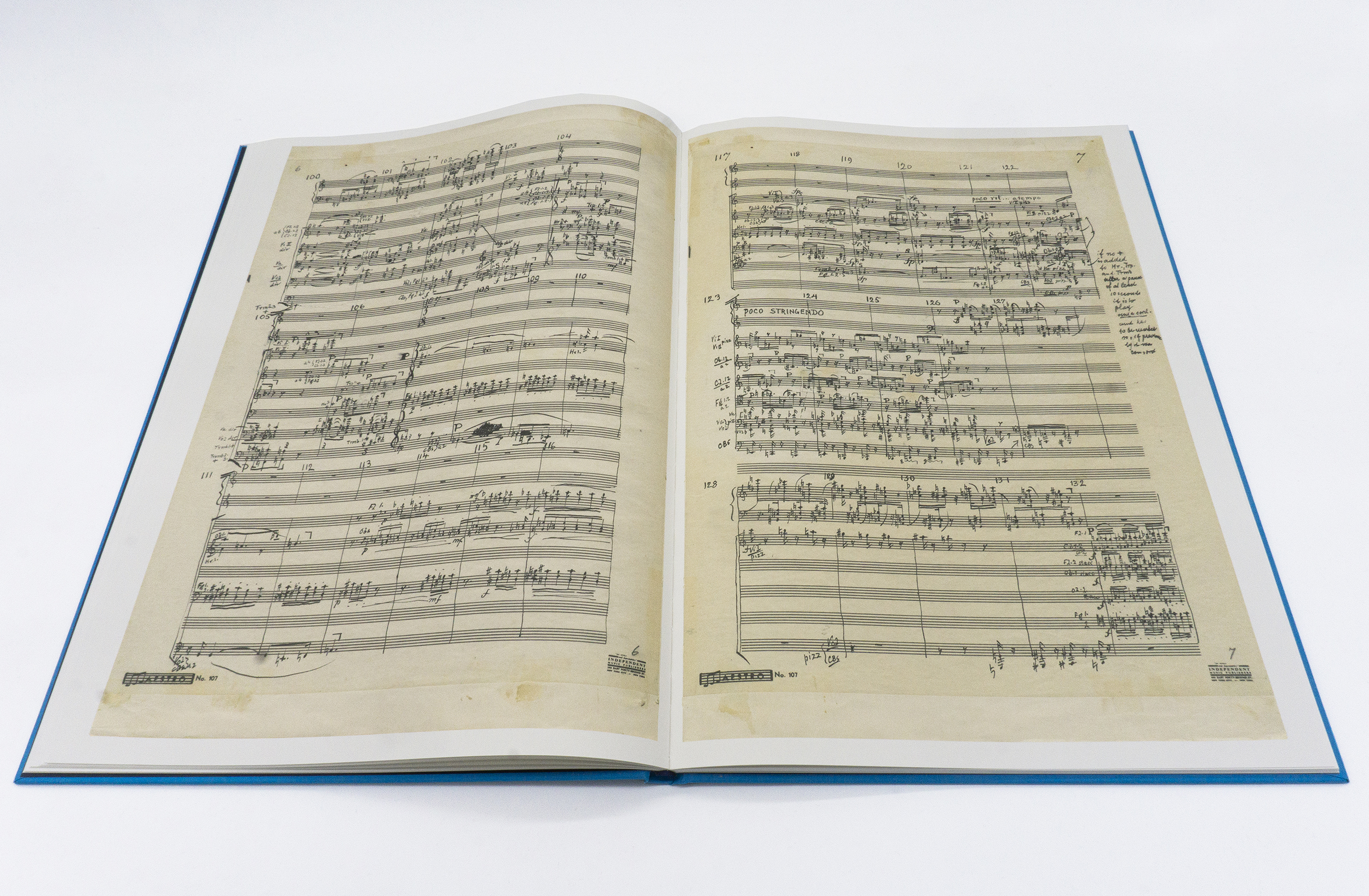
Photos: © Arnold Schönberg Center
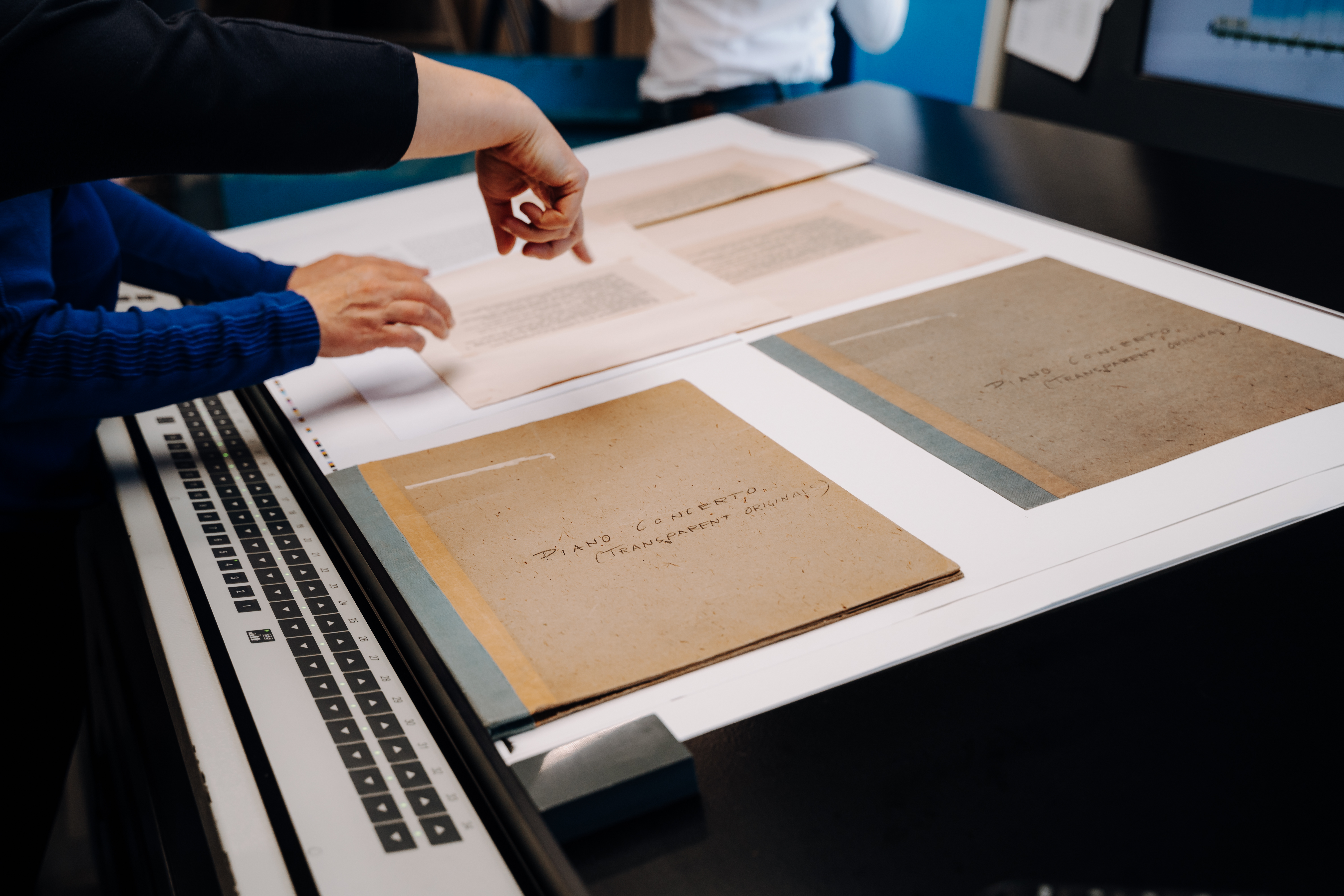
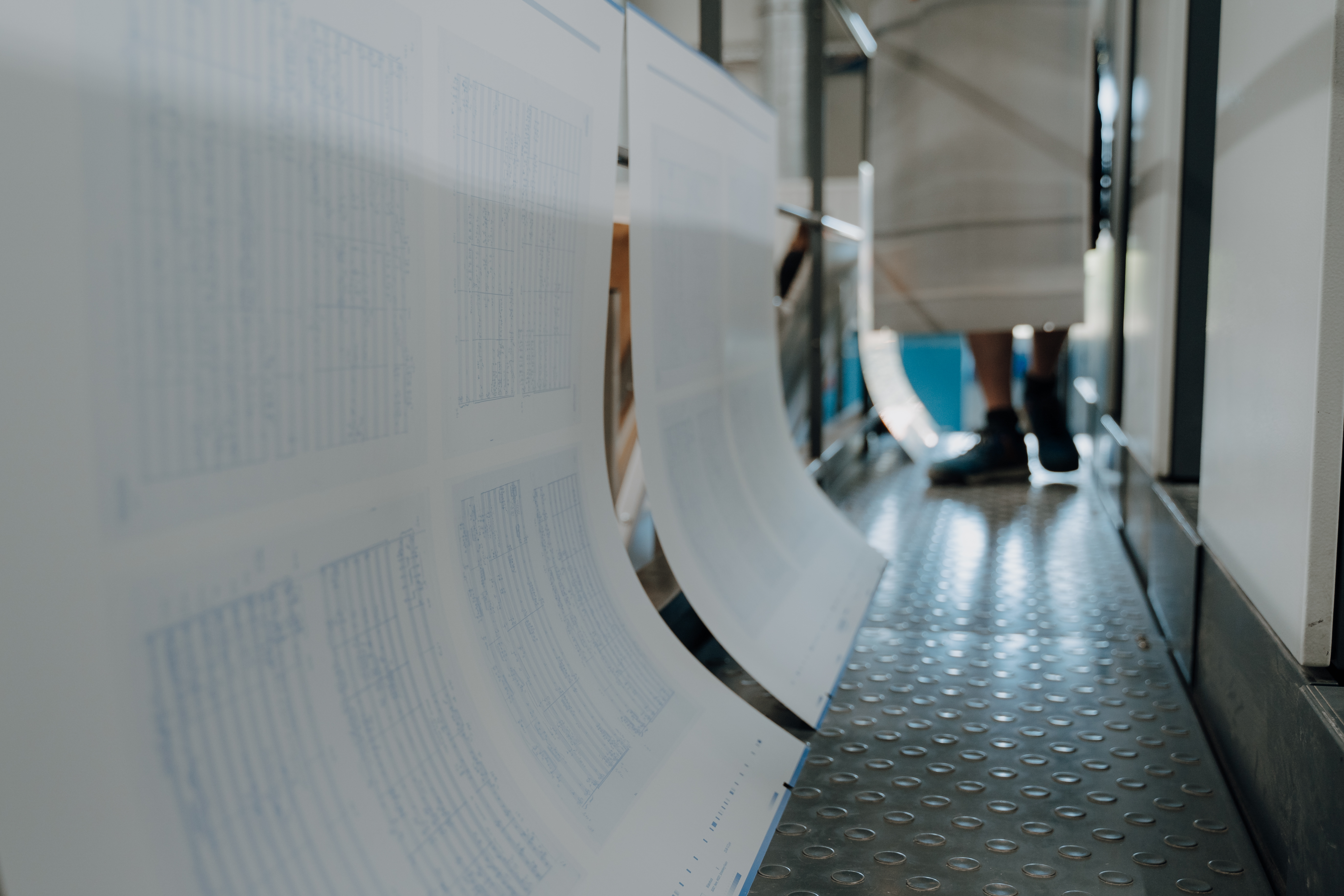
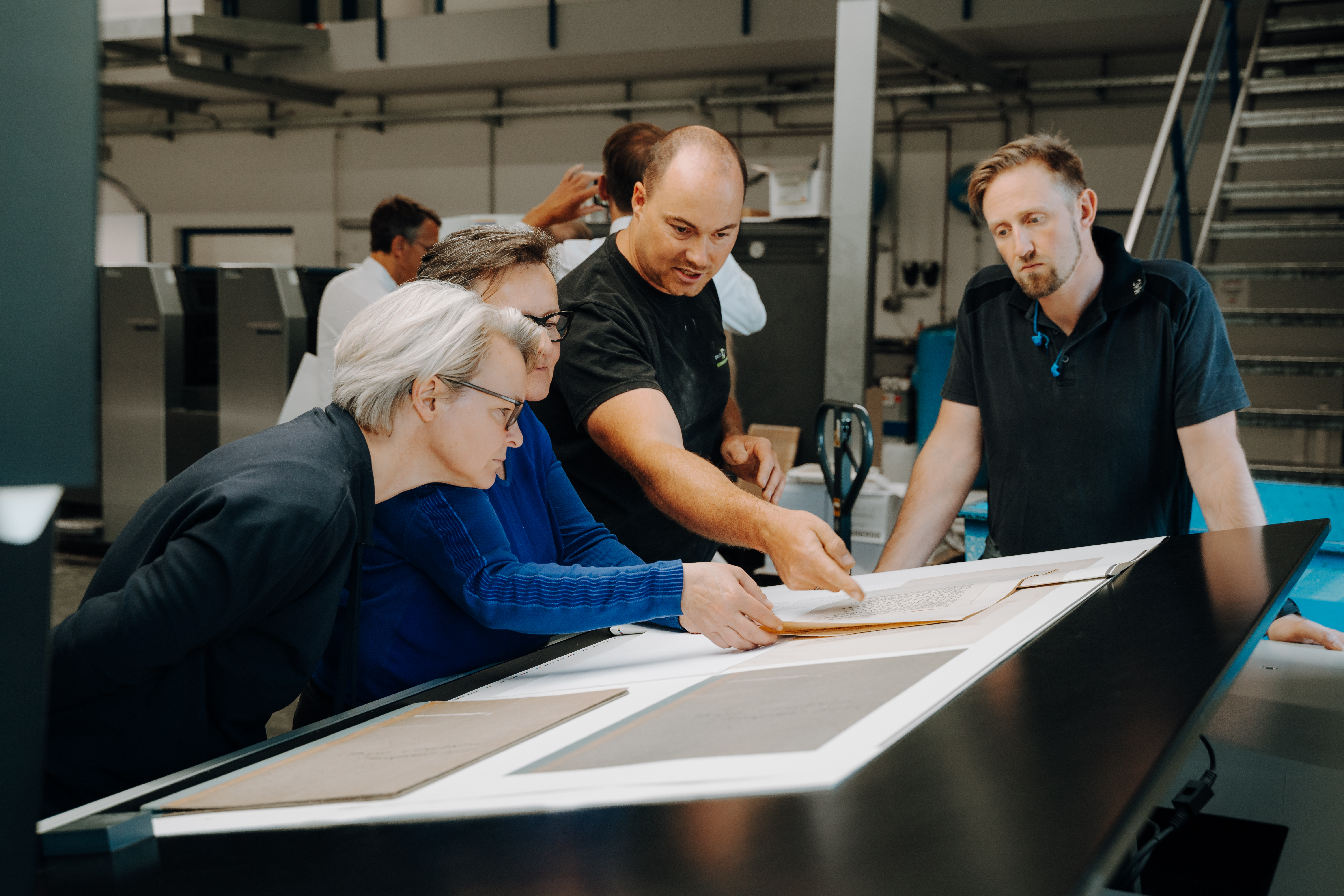

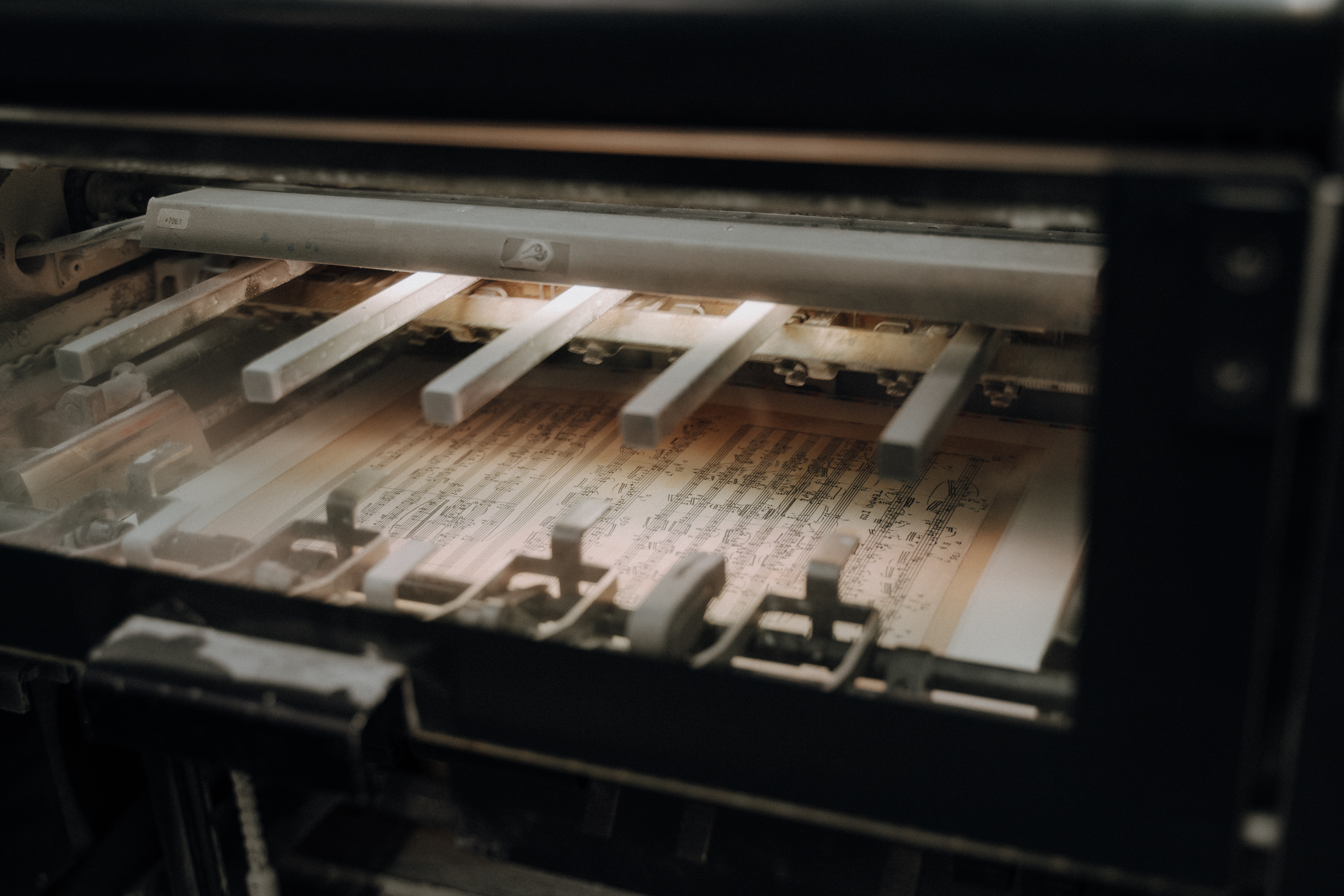
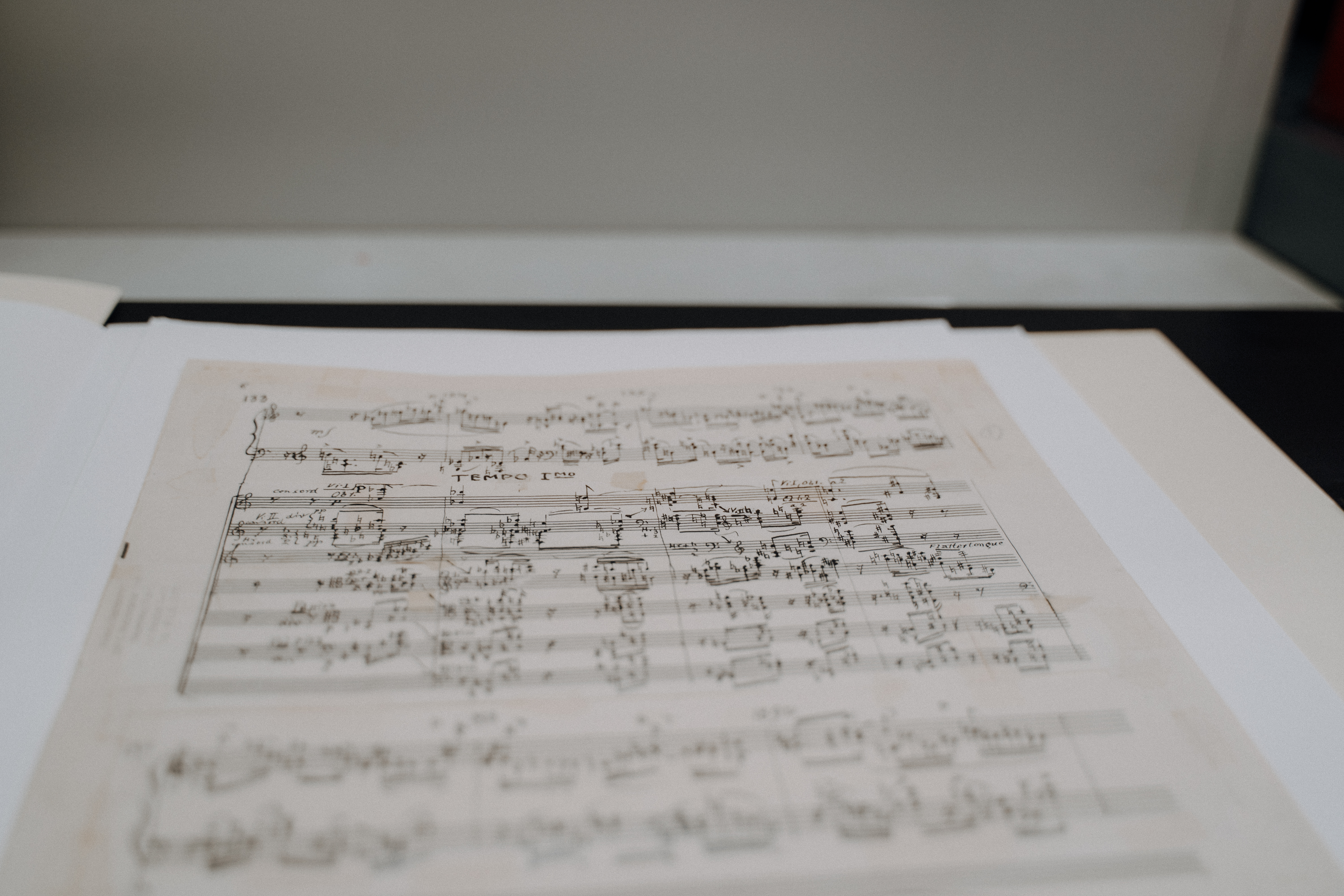
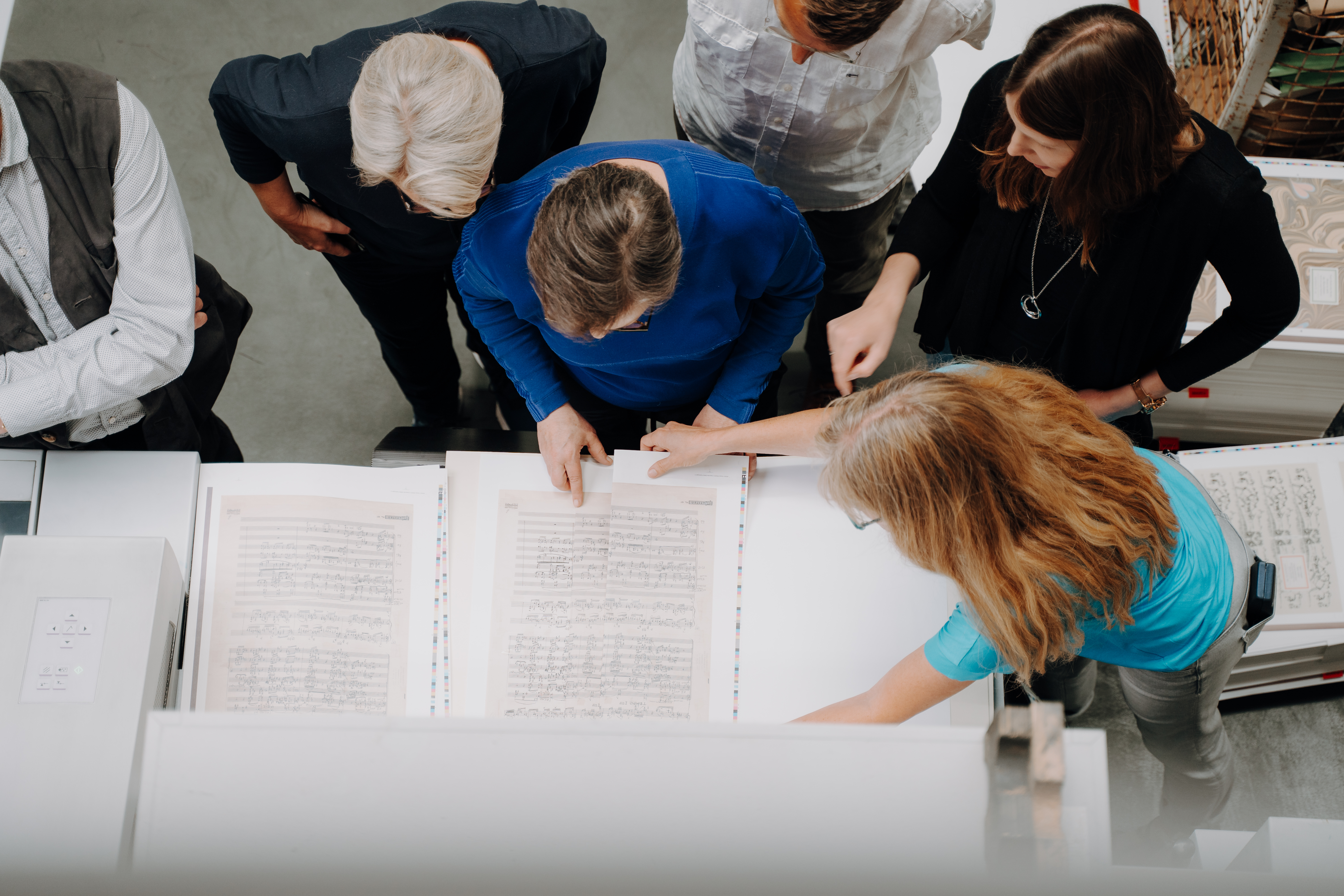
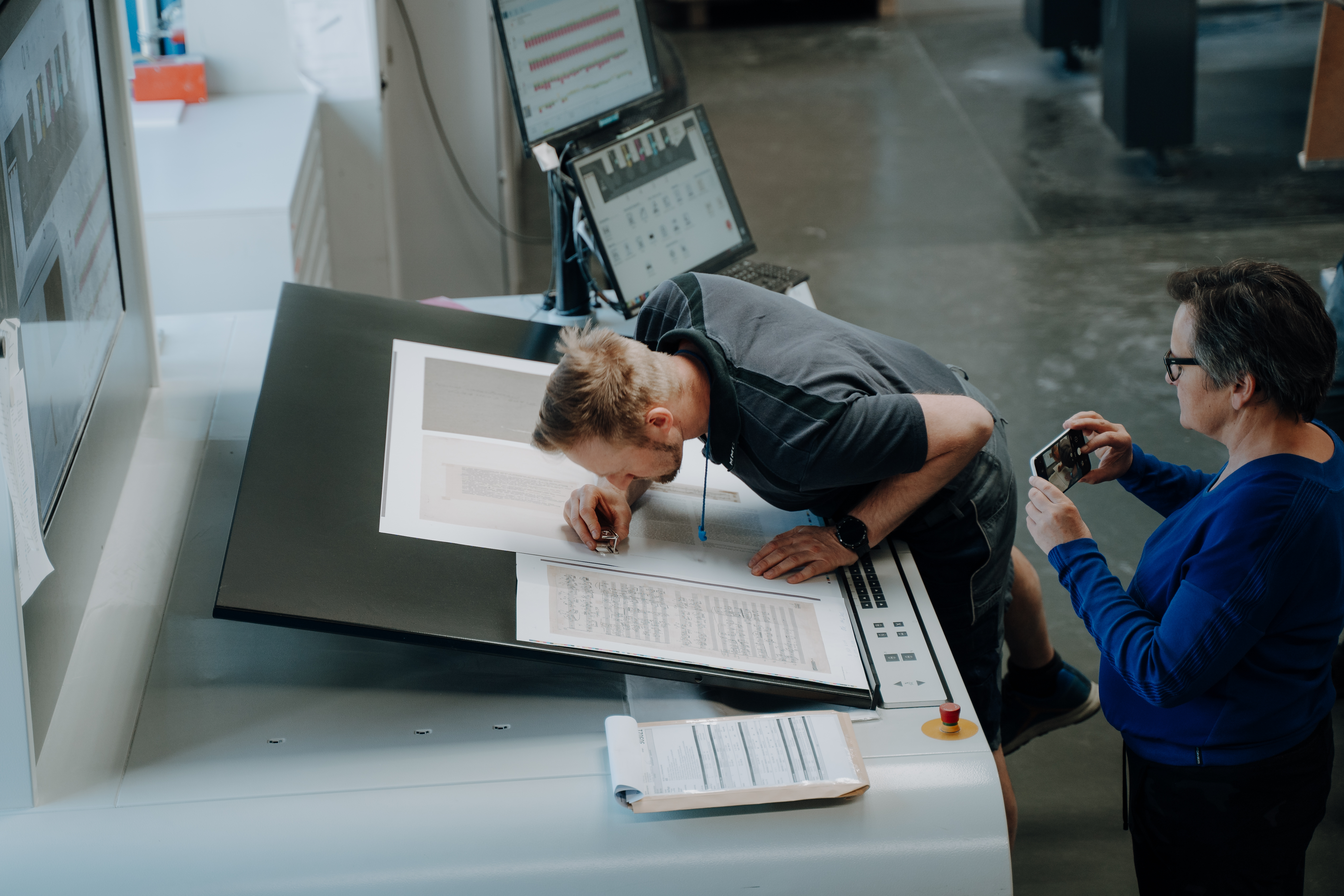
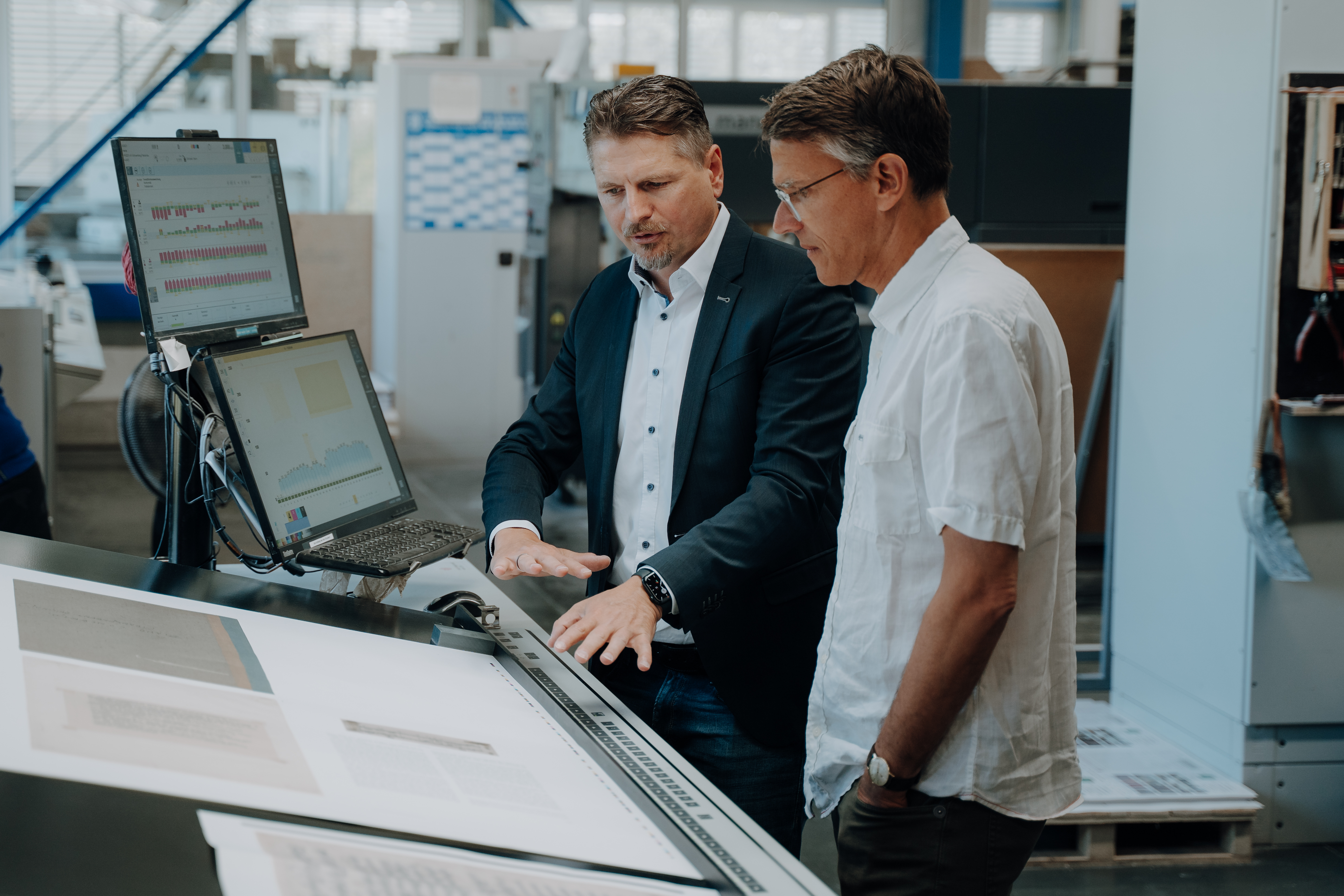
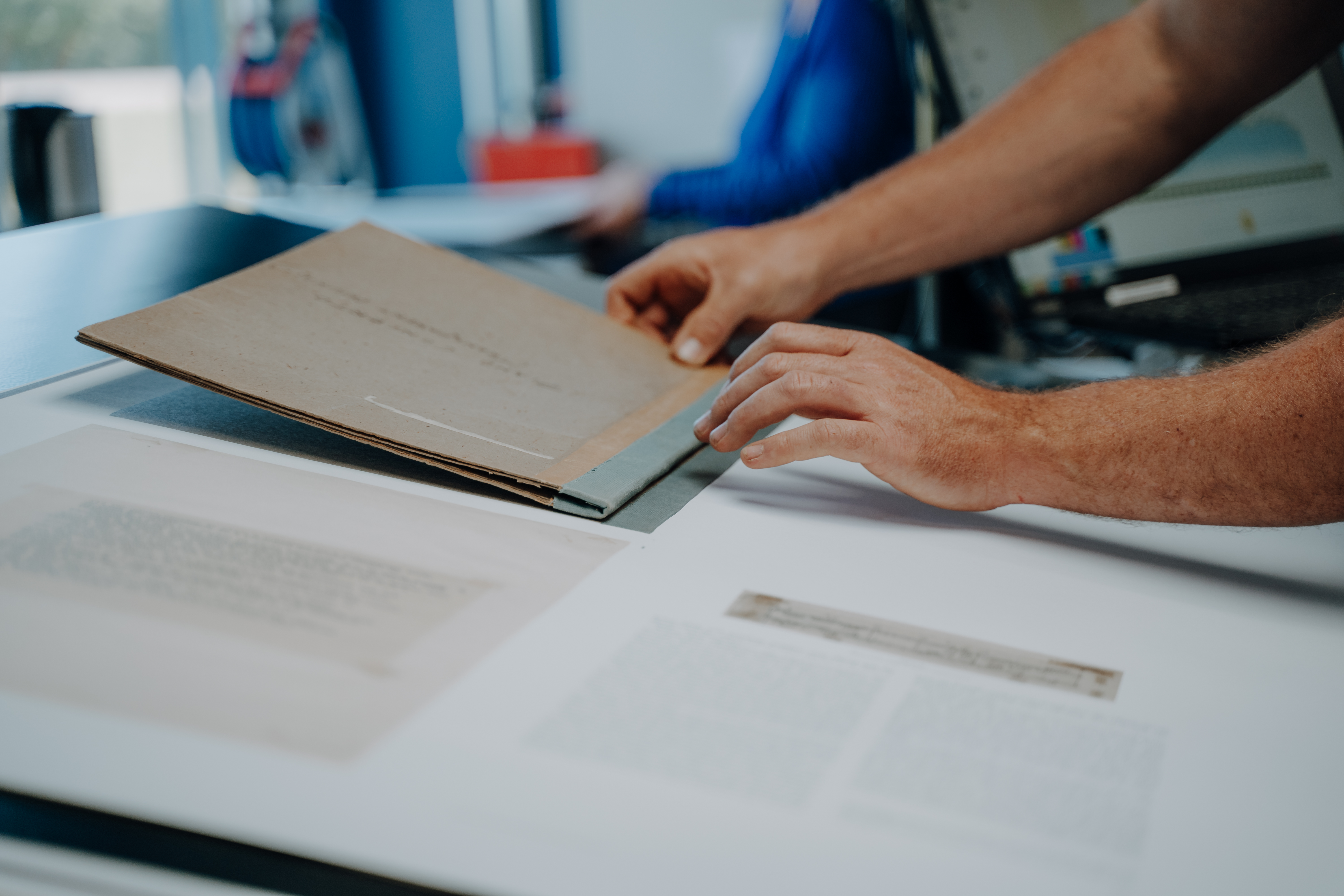
Behind the scenes: Producing the Schönberg Facsimile at Memminger MedienCentrum
The interior pages of the Schönberg facsimile were produced during the press proof stage at the Memminger MedienCentrum. Therese Muxeneder and Katharina Bleier, as the editors, brought along Schönberg's manuscript of the piano concerto from the Arnold Schönberg Center in Vienna. The initial prints from the press were meticulously compared to the original in terms of contrast, tint, and color. Any discrepancies were digitally corrected, requiring the production of new printing plates. The final outcome was a faithful replication of the original document.
Photos © Memminger MedienCentrum


